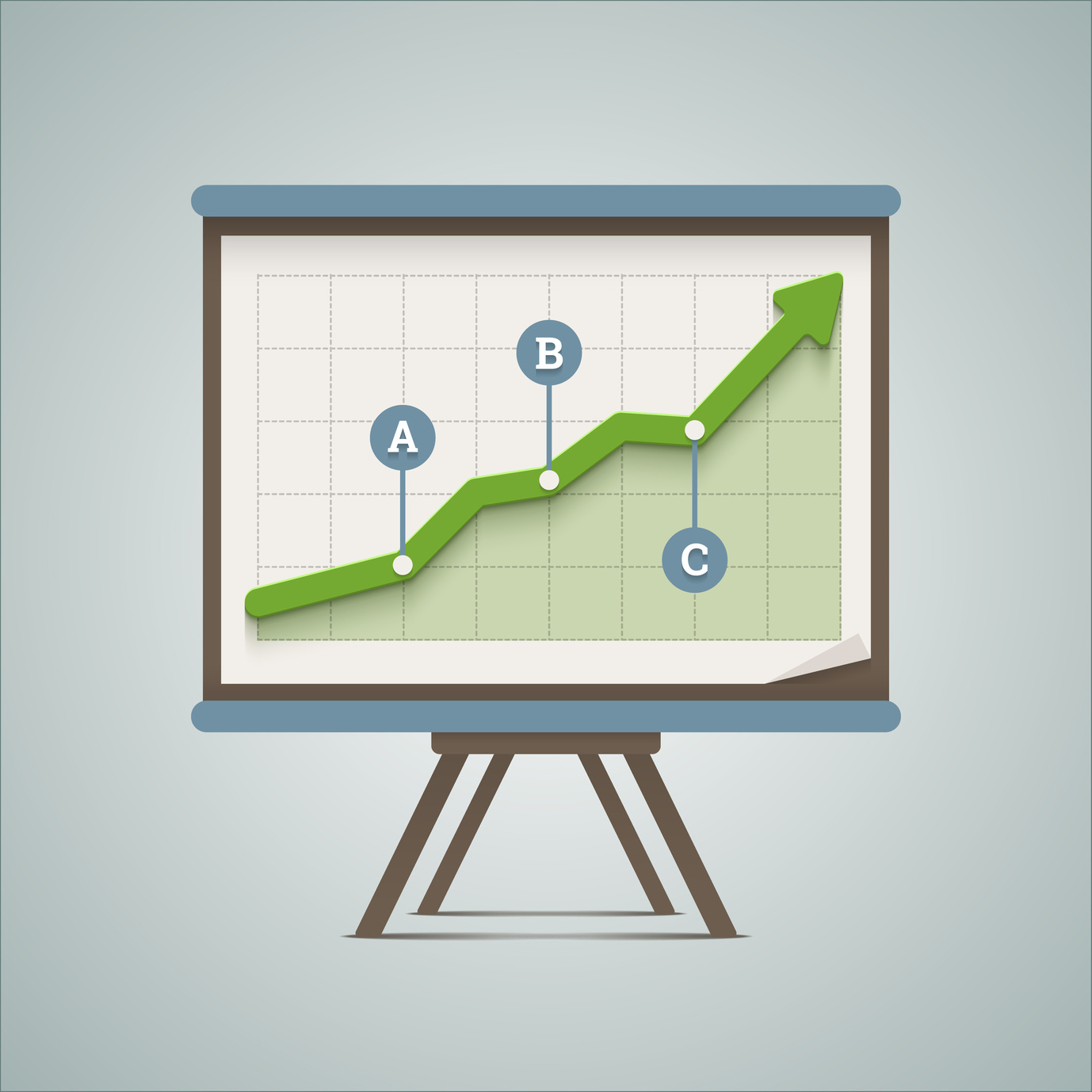Last year, Apple became the first company to hit the trillion dollar valuation point. For the overall market and the tech industry, in particular, this was a considerable achievement. But due to slower sales of iPhones, various headwinds due to tariffs, the overvalued dollar and the general slowdown of smartphone sales in 2018, Apple’s valuation is well under that trillion dollar mark these days.
The term “trillion” has been a number that only recently could the tech world genuinely believe was a possible number whether it be for a company valuation or concerning tech unit shipments. PC’s never sold above 400 million units yearly. The billions number is tossed around a lot in tech, especially when we talk about three billion people around the world using smartphones, or Apple having one billion iOS devices in use these days.
But a new report released by the Semiconductor Industry Association said that we hit another trillion milestone in 2018. According to their recently released report on 2018 semiconductor sales, the total chip unit shipments topped 1 trillion for the first time. Memory was the largest and fastest growing type of semiconductor, with sales up 27.4% to $158 billion. And sales rose in every region, led by China, where sales were up 20% for the year.
Their recent reports suggest some slowing in semiconductor sales in 2019 due to concerns about the U.S.-China trade dispute as well as a slowing domestic Chinese market for consumer electronics could be hurting business. Their projection for overall growth in 2019 is now only 2.6% or flat for this year. But their long term forecast for the demand for semiconductors in the future remains strong.
That trillion unit number has become the rallying cry for Intel, Qualcomm, Arm and most of the semiconductor companies who see the demand for processors of all types growing exponentially in the near future. For much of their existence, PC’s and the embedded market drove demand for processors. But that is changing rapidly.
With IoT, self-driving cars, smart cities, smart buildings, AI processors and just about smart everything around the corner, microprocessors of all types will be needed to power our digitally intelligent world. Some estimates suggest that we could have as many as 50-75 processors in the smart homes of the future. Self-driving cars may need as many as 120 processors of many types to assure the navigational and safety features required to power the smart vehicles of tomorrow.
Smart cities will have processors and sensors in roads, traffic lights, and even in things like mailboxes and even trash cans that can tell city workers when they are full, so they are never overloaded with trash. I could go on and on with examples, but you get the point.
Over the next 10-20 years, we will probably hit milestones of two, three and perhaps even five trillion processors being sold annually as we transition fully from an analog world to a fully digital one. With this in mind, you can see my Softbank’s CEO Masayoshi Son decided to buy ARM. ARM will have the most IP based semiconductors in play during this time. And companies like Intel and Qualcomm will also benefit greatly by this semiconductor boom as they expand their reach well beyond their current core competencies.
Although we talk about big money in tech going to the FAANG companies, if it was nor for the semiconductors serving as the backbone for all things digital, these companies could not thrive. So, if you look at the market concerning major growth segments, don’t just look at the Facebook’s, Apple, Amazon, etc. Demand for semiconductors across all industries and used to power our smart homes, cars, cities, building, businesses, and consumer devices will be one of the most significant growth markets in tech for a long time.
